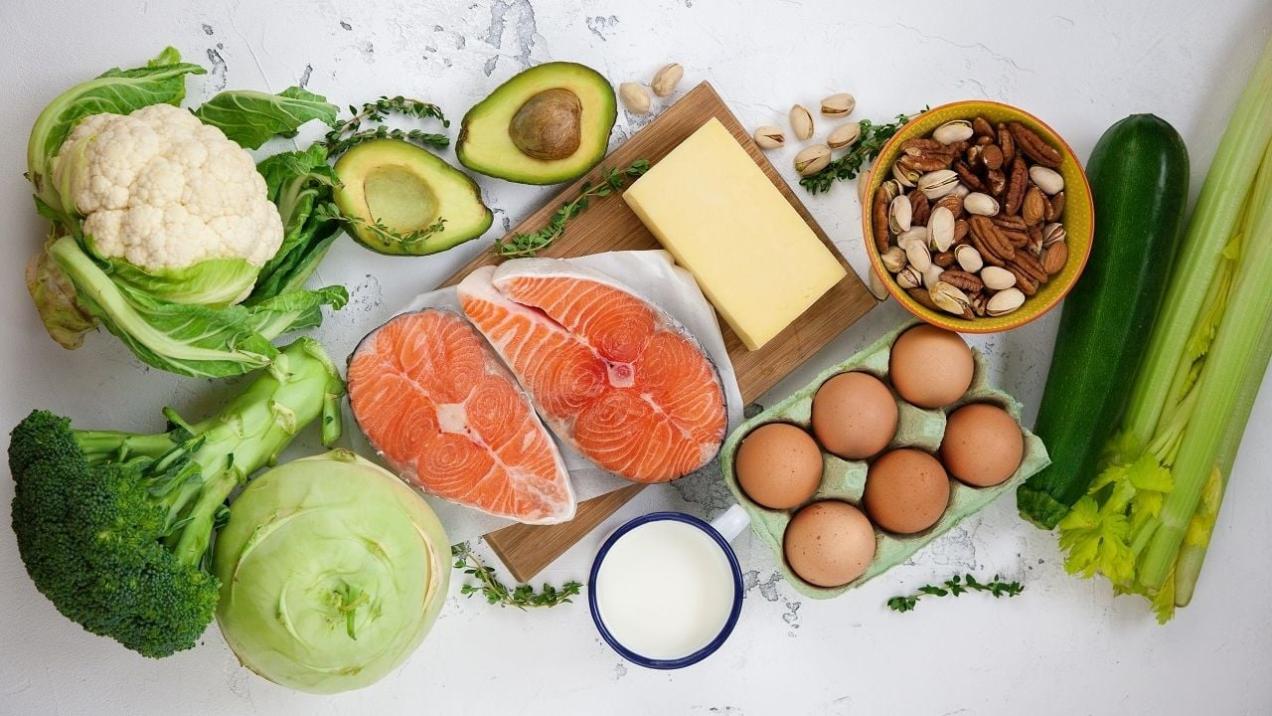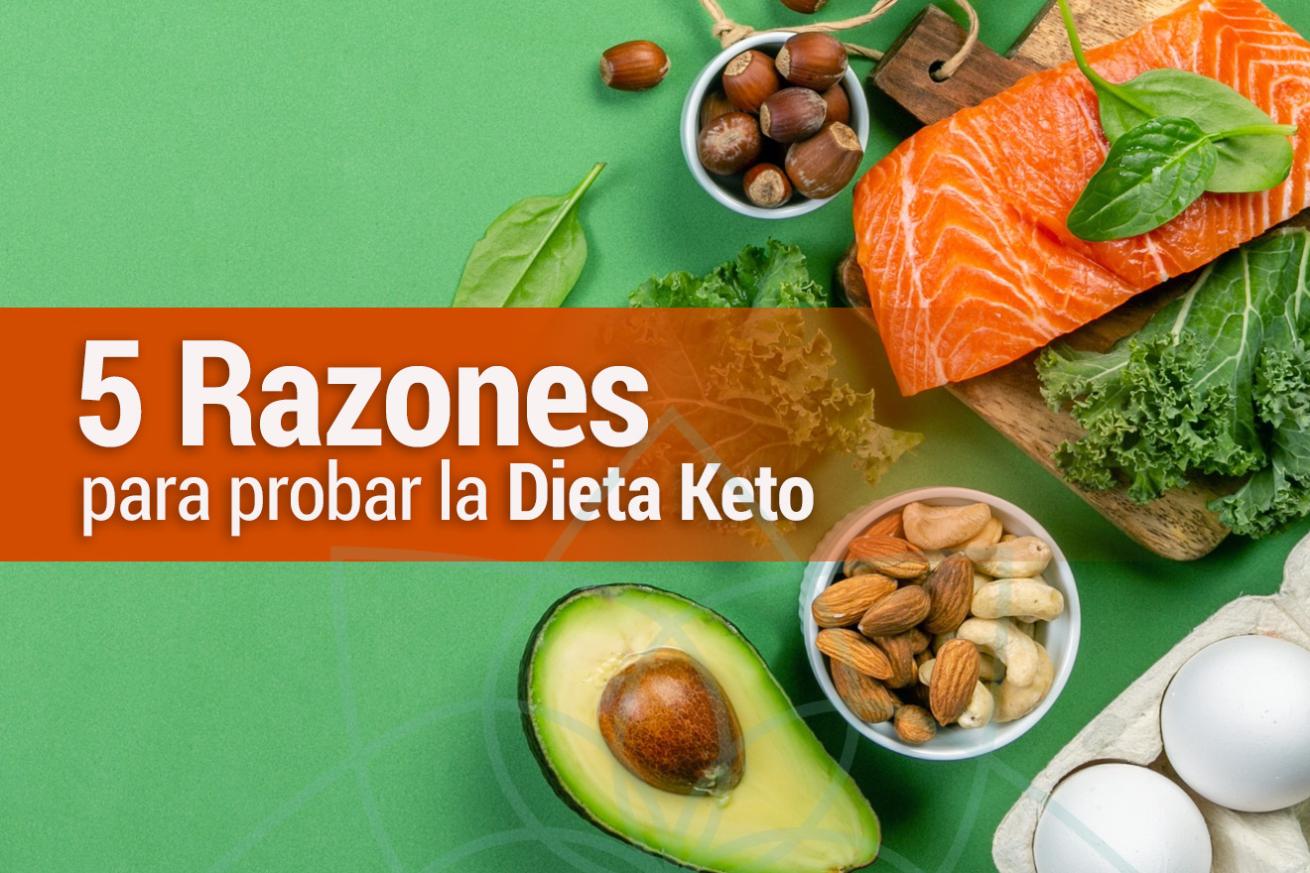How Do I Transition Smoothly into a Ketogenic Diet?
The ketogenic diet, often referred to as the "keto diet," has gained immense popularity in recent years due to its potential health benefits and weight loss effects. However, transitioning into a ketogenic diet can be challenging, especially if you're accustomed to a high-carbohydrate diet. This article provides a comprehensive guide to help you transition smoothly into a ketogenic diet and maintain it successfully.

Pre-Transition Preparations
Assess Your Current Health Status
Before embarking on a ketogenic diet, it's crucial to assess your current health status. Consult with a healthcare professional if you have any underlying health conditions, such as diabetes, kidney disease, or heart disease. They can provide guidance on whether the keto diet is suitable for you and monitor your progress throughout the transition.
Gradually Reduce Carbohydrate Intake
To prepare your body for ketosis, the metabolic state in which your body burns fat for fuel instead of carbohydrates, start by gradually reducing your carbohydrate intake over a period of time. Aim to reduce your daily carb intake by about 25 grams every few days until you reach a target of 20-50 grams per day.
Increase Healthy Fats And Proteins
As you reduce your carbohydrate intake, increase your consumption of healthy fats and proteins. Healthy fats include avocados, nuts, seeds, olive oil, and fatty fish like salmon and mackerel. Good protein sources include lean meats, poultry, fish, eggs, and plant-based proteins like tofu and lentils.
Stay Hydrated

Staying hydrated is essential on a ketogenic diet. Drink plenty of water throughout the day to prevent dehydration, especially during the initial transition phase when you may experience increased urination.
Transition Phase
Reduce Carbohydrates Significantly
Once you're ready to transition into ketosis, significantly reduce your carbohydrate intake to 20-50 grams per day. This may mean eliminating sugary foods, processed carbohydrates, and high-carb fruits like bananas and grapes from your diet.
Increase Healthy Fats And Proteins

Gradually increase your intake of healthy fats and proteins to compensate for the reduced carbohydrates. Aim for a macronutrient ratio of approximately 70% fat, 20% protein, and 10% carbohydrates.
Monitor Blood Sugar Levels
If you have diabetes or prediabetes, it's essential to monitor your blood sugar levels regularly during the transition phase. Ketosis can affect blood sugar levels, so it's important to adjust your medication or insulin dosage if necessary.
Be Prepared For Side Effects
Some people may experience side effects during the transition phase, commonly known as the "keto flu." These symptoms may include fatigue, headaches, nausea, constipation, and difficulty sleeping. These side effects usually subside within a few days or weeks as your body adjusts to the new diet.
Maintaining A Ketogenic Diet
Continue Limiting Carbohydrates
To maintain ketosis, continue to limit your carbohydrate intake. Focus on consuming healthy fats and proteins as the primary sources of energy.
Incorporate Intermittent Fasting Or Time-Restricted Eating
Intermittent fasting or time-restricted eating can help enhance ketosis and improve metabolic health. Consider incorporating these practices into your routine to support your ketogenic diet.
Experiment With Keto-Friendly Recipes
To keep your diet varied and enjoyable, experiment with different keto-friendly recipes and meal plans. There are numerous resources available online and in cookbooks that provide delicious and nutritious keto-friendly options.
Monitor Your Progress
Regularly monitor your progress by tracking your weight, body measurements, and blood ketone levels. Adjust your diet and lifestyle as needed to achieve and maintain your desired results.
Tips For A Smooth Transition
- Make gradual changes to your diet to avoid overwhelming your body.
- Consume plenty of non-starchy vegetables to ensure adequate fiber intake.
- Supplement with electrolytes such as sodium, potassium, and magnesium to prevent deficiencies.
- Exercise regularly to support your overall health and weight management goals.
- Join a support group or online community to connect with others following a ketogenic diet.
Transitioning into a ketogenic diet requires careful planning and gradual implementation. By following the steps outlined in this guide, you can transition smoothly and maintain a ketogenic diet successfully. Remember to consult with a healthcare professional before starting the diet and monitor your health throughout the process.
YesNo

Leave a Reply